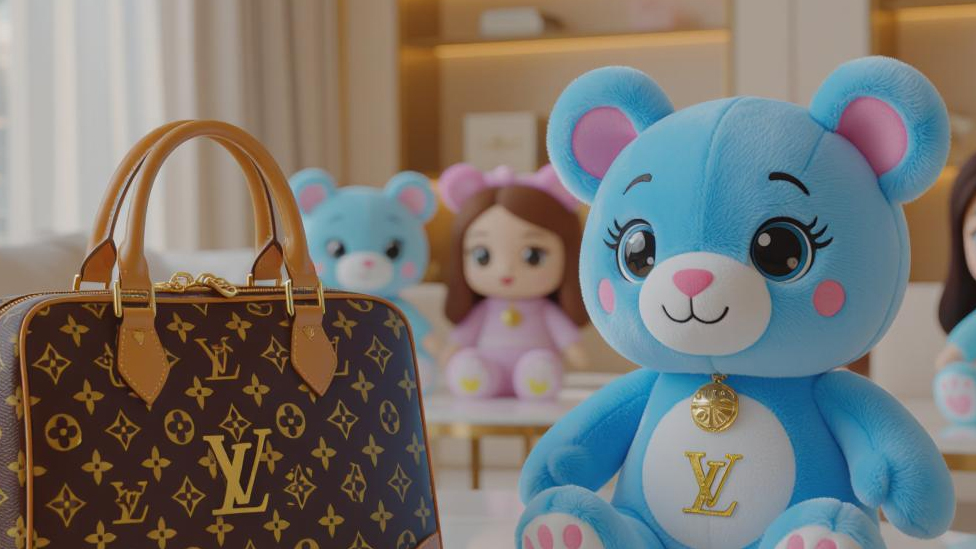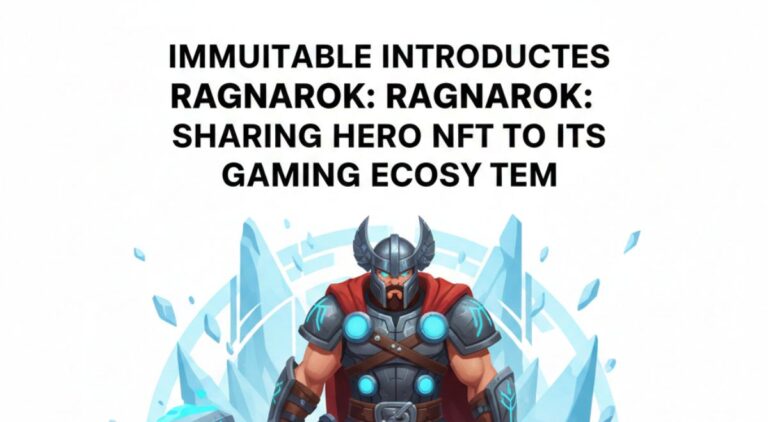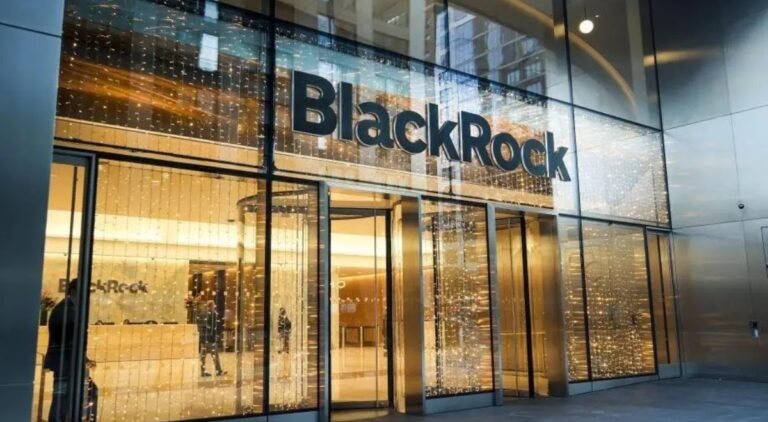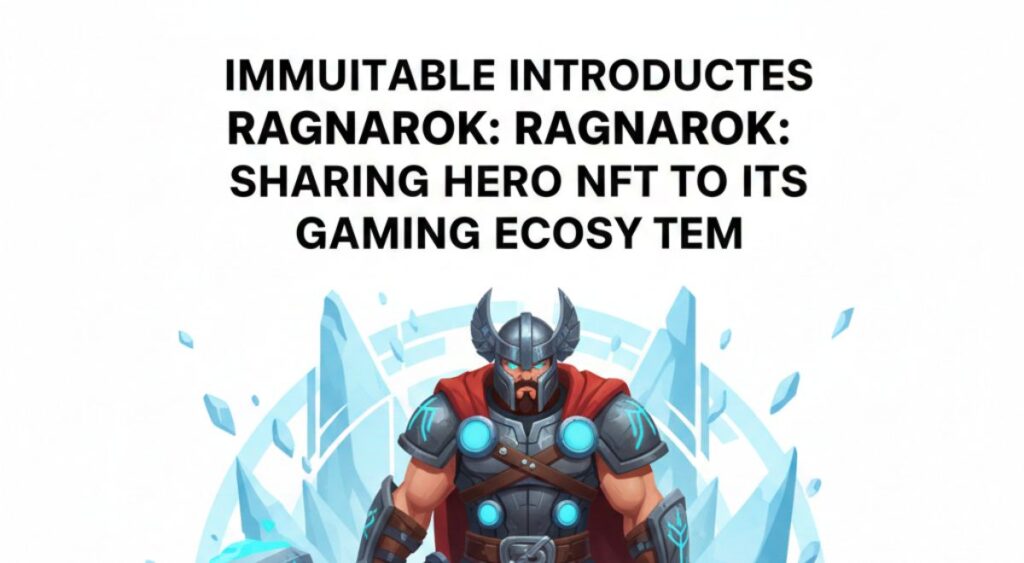From Niche Toy to Global Juggernaut
What began as a whimsical creation from a Hong Kong artist has now become a cultural and financial powerhouse. By 2025, Pop Mart’s Labubu line, known for its “ugly-cute” aesthetic and mythological undertones, has propelled the company’s revenue to $1.93 billion in just the first half of the year. Beyond driving toy sales, Labubu has become a case study in how nostalgia-driven retail and blockchain-based collectibles can converge to generate new forms of consumer and investor value.
For market observers, the rise of Labubu offers more than quirky charm. It underscores a fundamental shift: the intersection of viral pop culture trends with digital goods markets, creating investable assets that balance emotional resonance with financial speculation.
The Alchemy of Scarcity and Sentiment
At the heart of Labubu’s success is Pop Mart’s blind box model—a randomized purchasing system that taps into the thrill of chance and exclusivity. This scarcity-driven approach has long fueled the collectibles market, but Pop Mart elevated it by introducing Labubu NFTs, which saw trading volumes surge 300% year-on-year on platforms like Gate NFT.
These digital counterparts are not simple replicas of the physical toys. Instead, they grant collectors access to exclusive collaborations, artist events, and even metaverse integrations. In doing so, they create a hybrid ecosystem where ownership extends beyond possession to participation.
The result is a new kind of asset class, particularly attractive to Gen Z and millennial collectors, who prioritize cultural significance, verifiable authenticity, and community engagement. Labubu’s digital transformation shows how collectibles can evolve from passive ownership into immersive, interactive experiences.
From Plush Toys to Protocols: An Investor’s Case
Labubu’s trajectory demonstrates how cultural icons can bridge analog and digital markets. Pop Mart’s stock jumped 12% after unveiling the Mini Labubu wearable, signaling investor confidence in its ability to monetize cross-channel popularity. Yet the more disruptive growth lies in the NFT layer.
Key data points reveal the scale of this phenomenon:
- Physical Market: Labubu’s North American sales grew 900% year-on-year in Q1 2025, with rare figures reselling for 3–5 times their retail price.
- Digital Market: Labubu NFTs gained a staggering 726.6% in market value in 2025, buoyed by limited-edition drops and community-driven governance initiatives.
- Cross-Chain Utility: Expansion across Ethereum, BNB Chain, and Base has enhanced liquidity, making Labubu NFTs more accessible to a wider investor base.
These trends suggest Labubu is not merely a fad but a scalable model for monetizing cultural virality through tokenization.
Risks and Market Challenges
Despite its explosive success, the Labubu phenomenon is not without risks. Pop Mart has already battled counterfeit knockoffs—most infamously the “Lafufu” crisis—that threatened to dilute brand value. More broadly, NFTs remain a speculative market vulnerable to price volatility and regulatory shifts.
Market saturation is another concern. With countless brands attempting to replicate Pop Mart’s blind box-NFT hybrid model, Labubu must continue to innovate to maintain its cultural edge.
Strategic Recommendations for Investors
Industry analysts suggest several approaches for those seeking to capitalize on the Labubu trend:
- Diversify Across Tiers: Balance exposure by investing in both Pop Mart’s equity and its NFT ecosystem. Physical stock captures the retail boom, while NFTs provide a foothold in the digital collectibles surge.
- Monitor Governance Transitions: The shift toward decentralized governance structures, such as DAOs, could enhance long-term value by aligning the interests of creators, collectors, and investors.
- Explore Metaverse Synergies: Partnerships with metaverse platforms and AR integrations—such as the upcoming “Battleverse” game—could unlock entirely new revenue streams through play-to-earn mechanics.
- Hedge Against Volatility: Given the speculative nature of NFTs, consider hedging positions with established toy stocks like Mattel, or blue-chip digital collectibles.
The Future of Collectibles Is Hybrid
Labubu’s meteoric rise illustrates how nostalgia, scarcity, and digital innovation can combine to create durable value. Pop Mart, now valued at over $40 billion, is evolving from a toy company into a blueprint for the next era of consumer capitalism—one where the line between physical and digital ownership is increasingly blurred.
For investors, the key lesson is agility. Recognizing and acting on viral cultural moments—while carefully managing risk—will be essential in navigating this new hybrid market.
Labubu’s journey from plush toy to blockchain-backed asset is more than a commercial success story. It is a roadmap for the future of collectibles, where cultural resonance and technological adaptability will determine which brands endure and which fade into obscurity.
















